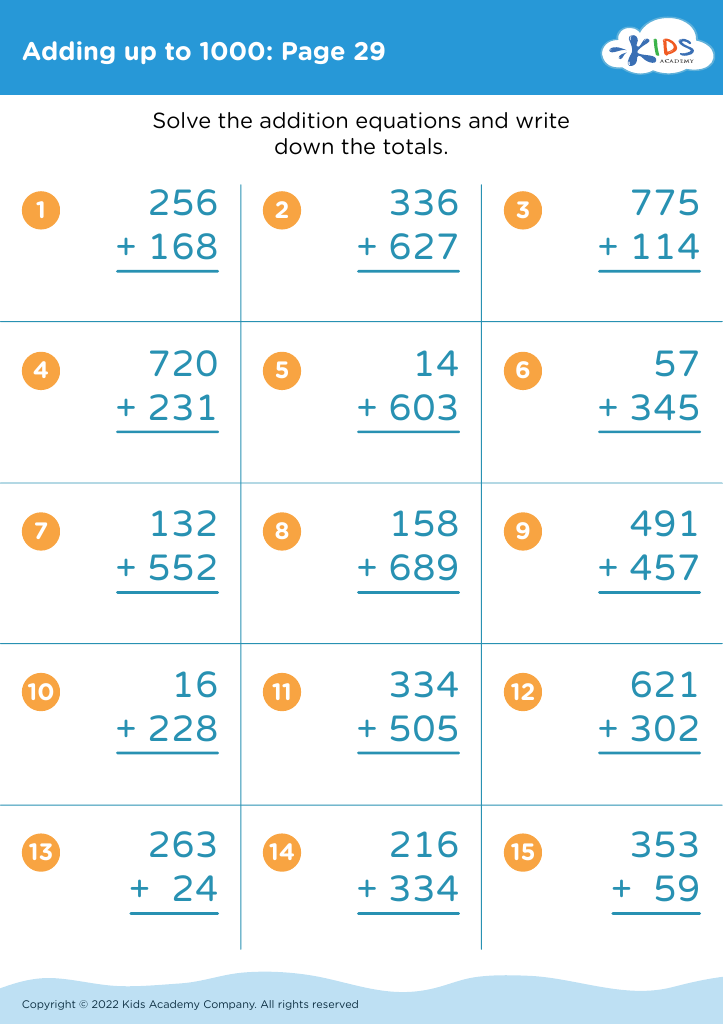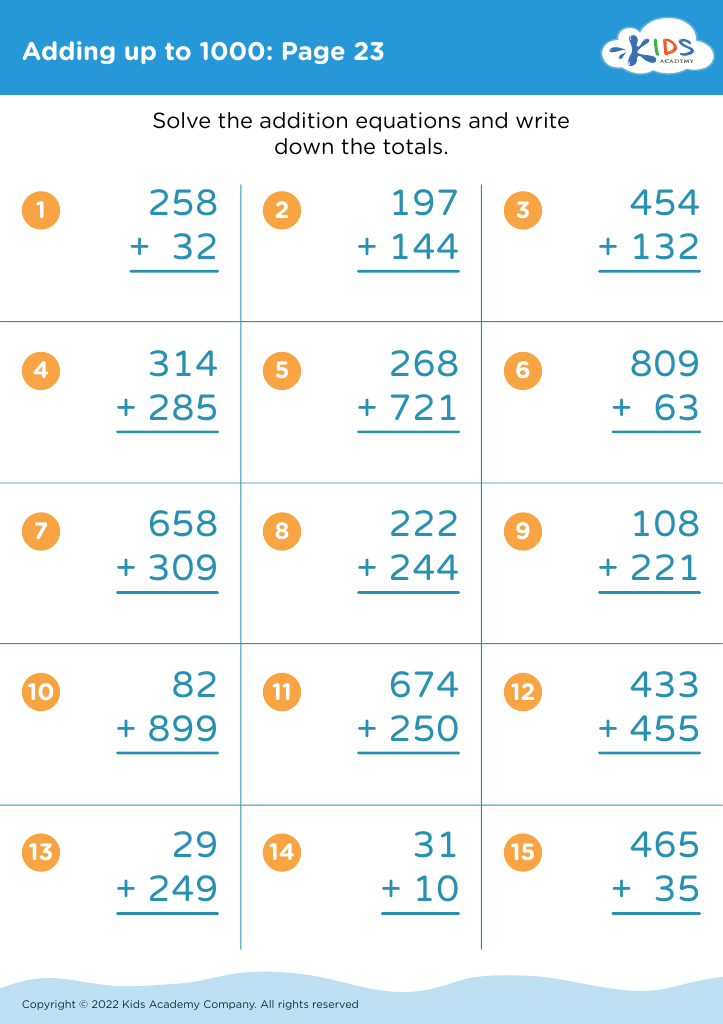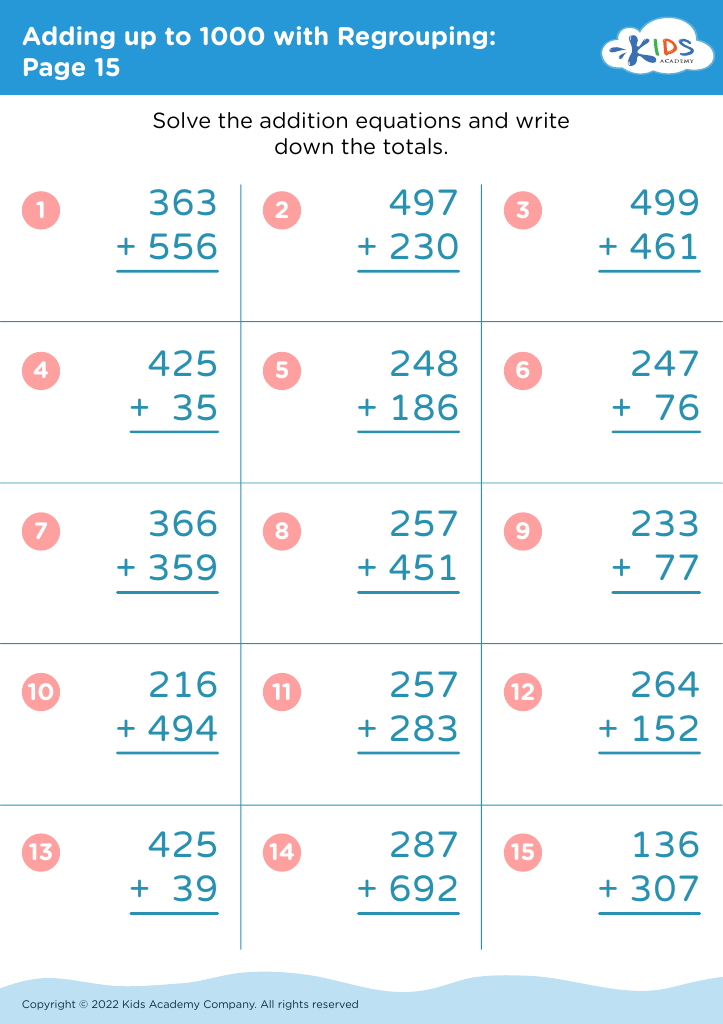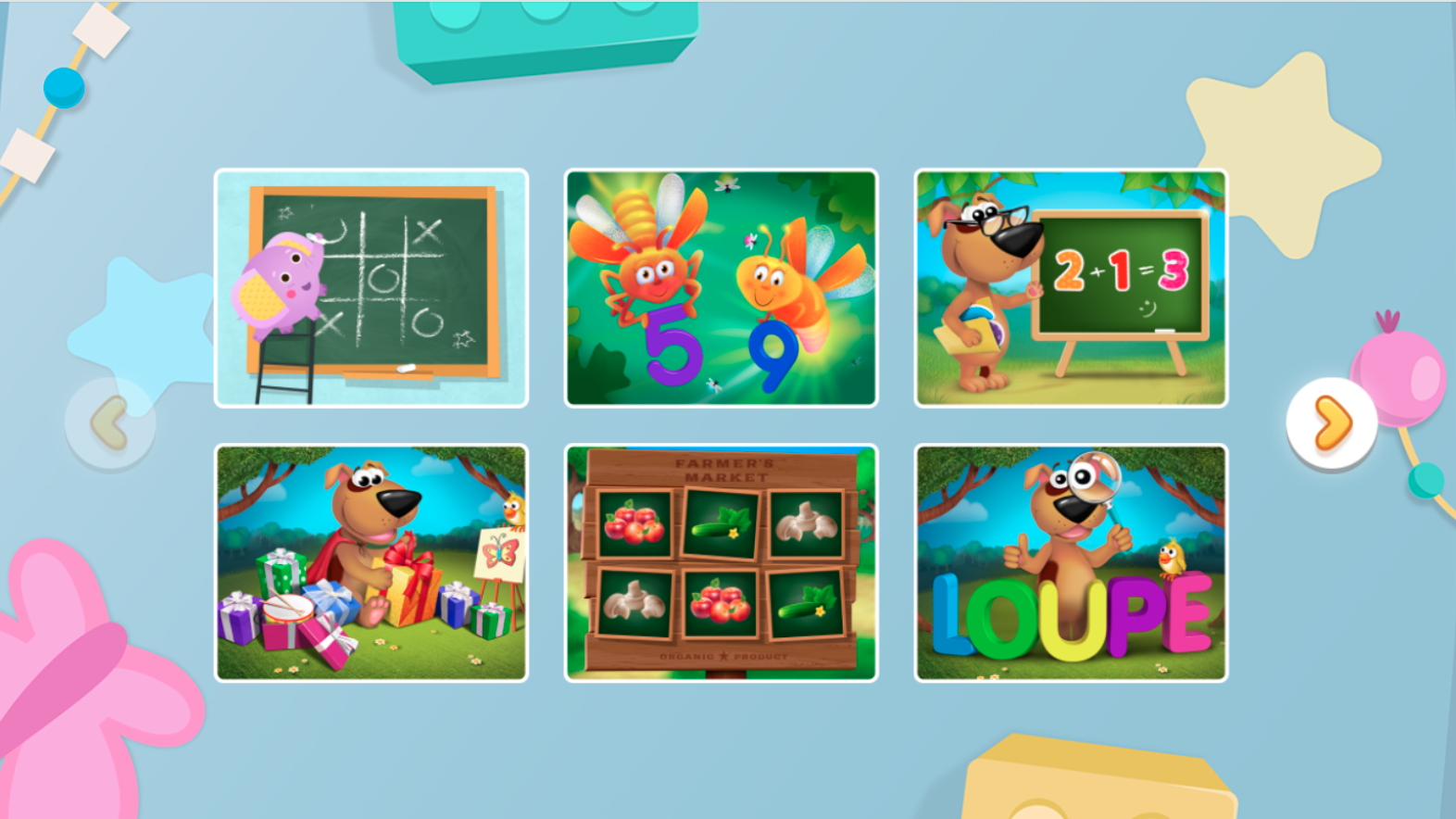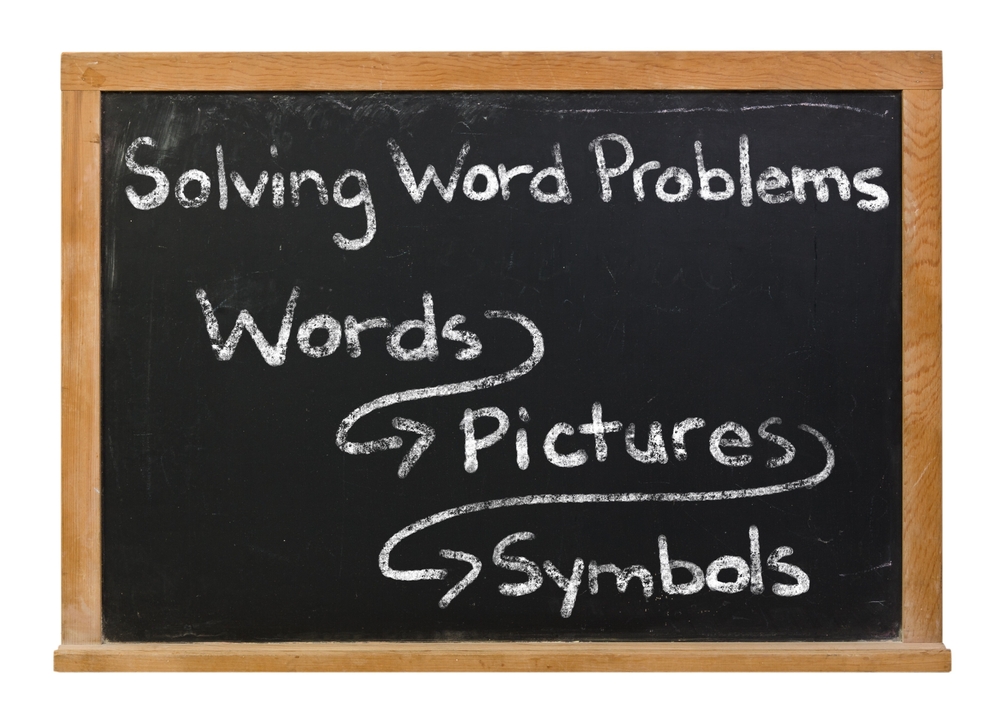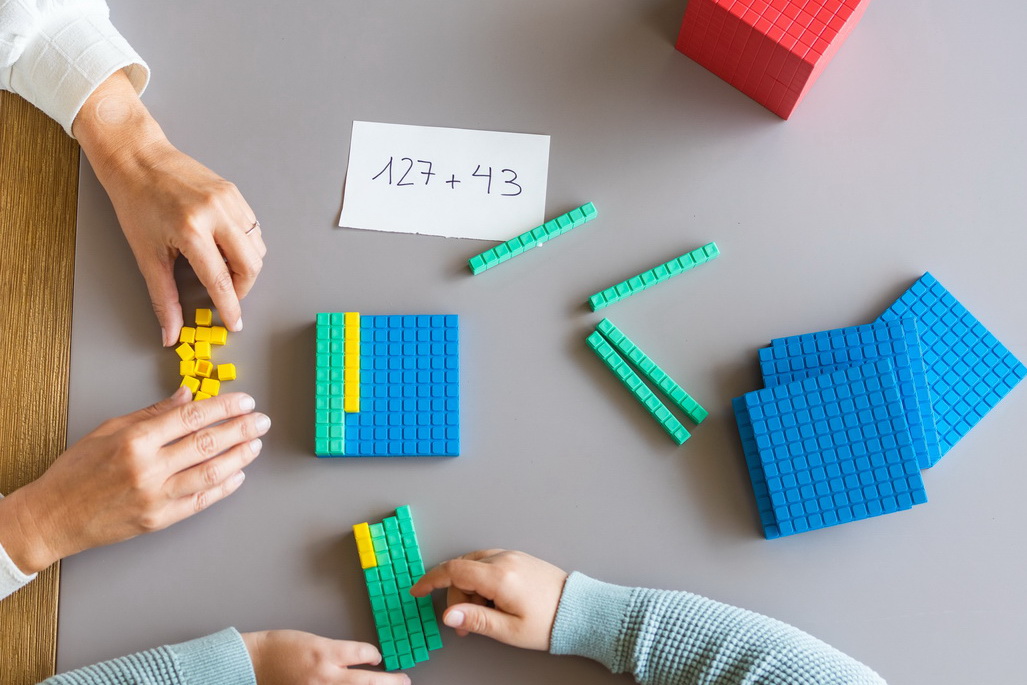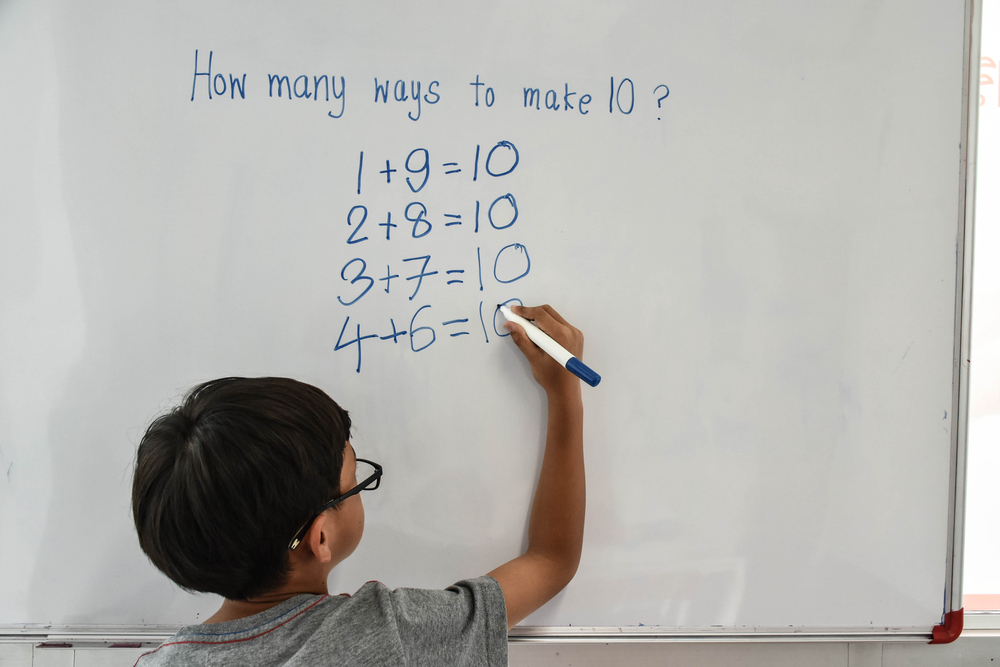Reading analog clocks Addition & Subtraction Worksheets for Ages 4-7
4 filtered results
-
From - To
Introduce your students to the fundamentals of time with our "Reading Analog Clocks Addition & Subtraction Worksheets" designed specifically for kids aged 4-7. These engaging worksheets help young learners enhance their math skills while also mastering how to read an analog clock. With a fun blend of addition and subtraction exercises aligned with the concept of telling time, students will enjoy hands-on practice that boosts their confidence and understanding. Perfect for classroom or home use, our worksheets cater to various learning styles and make learning about time exciting and interactive. Help your child become a time-telling whiz today!
Teaching young children to read analog clocks and understand the basics of addition and subtraction is crucial for their cognitive development. From ages 4 to 7, kids are in a key stage of learning where they develop foundational skills that lay the groundwork for their futures, both academically and personally.
Reading an analog clock fosters critical thinking and enhances their understanding of time, helping them grasp concepts of routine and scheduling—essential skills for daily life management. It also engages their visual perception and spatial awareness as they learn to interpret the positions of hands and numbers.
Addition and subtraction, on the other hand, build essential numerical skills and logical reasoning. These math concepts help children develop problem-solving abilities, improve their analytical thinking, and promote their confidence in handling numbers. Integrating time-telling with mathematical operations can create a meaningful context that makes learning these concepts more engaging and relatable.
Moreover, mastery of these skills encourages independence and time management, equipping children with the tools necessary to navigate daily situations. For parents and teachers, prioritizing these lessons cultivates a strong educational base, fostering a love for learning that carries into higher grades.
